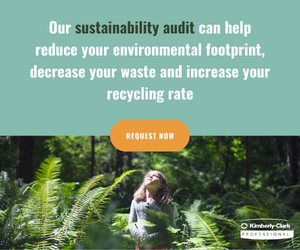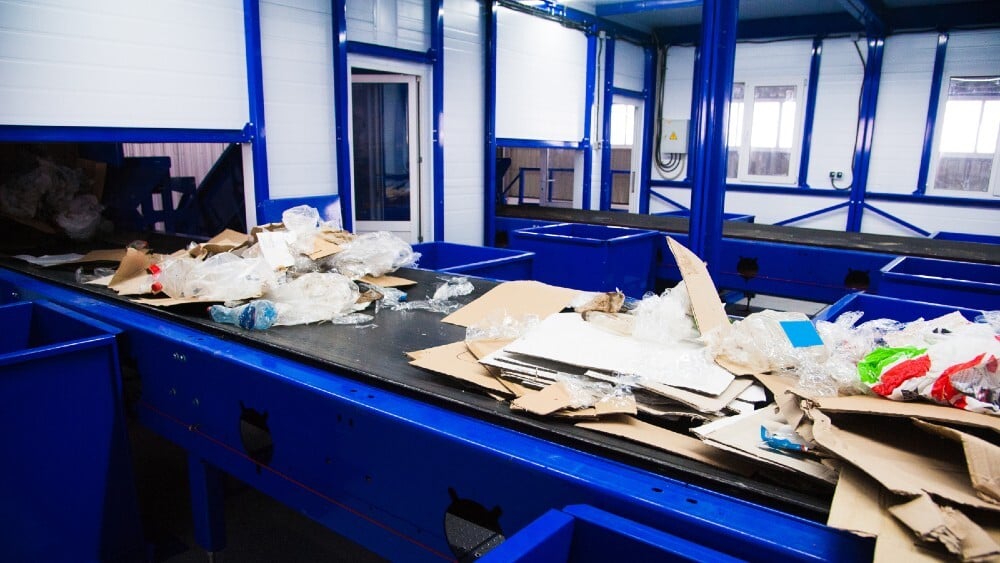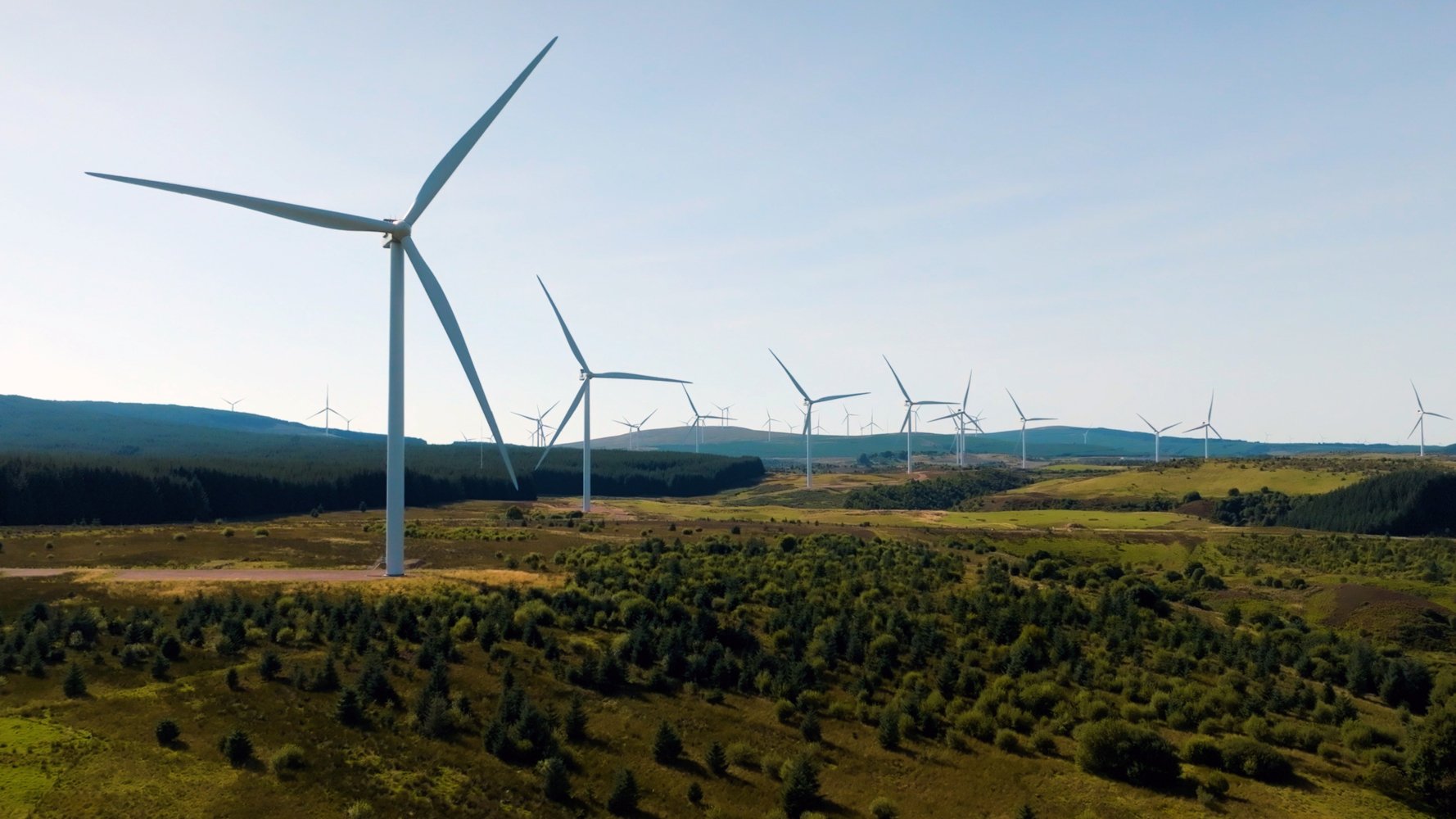Last Updated DECEMBER 2022
What are Scope 3 Emissions and why do they matter?

Defining corporate emissions
When companies talk about emissions, they tend to speak about them in the general sense of what greenhouse gases they emit across their whole organisation. But there is a more specific approach to assessing emissions that can help identify where further reductions can be made. Corporate emissions can be grouped into three different "scopes":
- Scope 1: the emissions from owned or operated assets (for example, the fumes from the tailpipes of a company's fleet of vehicles)
- Scope 2: the emissions from purchased energy
- Scope 3: the emissions from all other activities, before and after production, needed to bring a product to the customer
For most businesses, Scope 3 emissions account for more than 70% of their carbon footprint1. A simple example would be when a business buys, uses and disposes of products from suppliers. But there are plenty more. Here are some examples of Scope 3 emissions:
- Purchased goods and services
- Business travel
- Employee commuting
- Waste disposal
- Use of sold products
- Transportation and distribution (up- and downstream)
- Investments
- Leased assets and franchises2
The scale of Scope 3 emissions means that for major companies, understanding and tackling the emissions across their value chain can have a significant impact.
What can businesses do about the indirect emissions of other organisations?
The good news is that as momentum builds for a low-carbon future, governments and businesses are addressing their carbon footprints. This general trend might bring down Scope 3 emissions, but there is more direct action that can be taken. Collective responsibility is required around each organisation disclosing their carbon emissions. Businesses can then understand their Scope 3 emissions and make informed decisions about their partners. Carbon Disclosure Project, is an organisation that runs a global emissions disclosure system. More than 9 out of 10 Fortune 500 companies reporting to the Carbon Disclosure Project use what is known as the greenhouse gas protocol. The protocol supplies the world's most widely used greenhouse gas accounting standards.
With set standards for the disclosure of carbon emissions, organisations can examine both the climate risk and climate ambition of business partners. At Kimberly-Clark Professional™ we believe in full disclosure of emissions so that our partners can understand our initiatives to tackle climate change. We've also put together a brochure to show how we can help our customers reduce their Scope 3 emissions by addressing our own Scope 1 and 2 emissions.
1 https://www2.deloitte.com/uk/en/focus/climate-change/zero-in-on-scope-1-2-and-3-emissions.html
2 https://www.carbontrust.com/resources/briefing-what-are-scope-3-emissions













